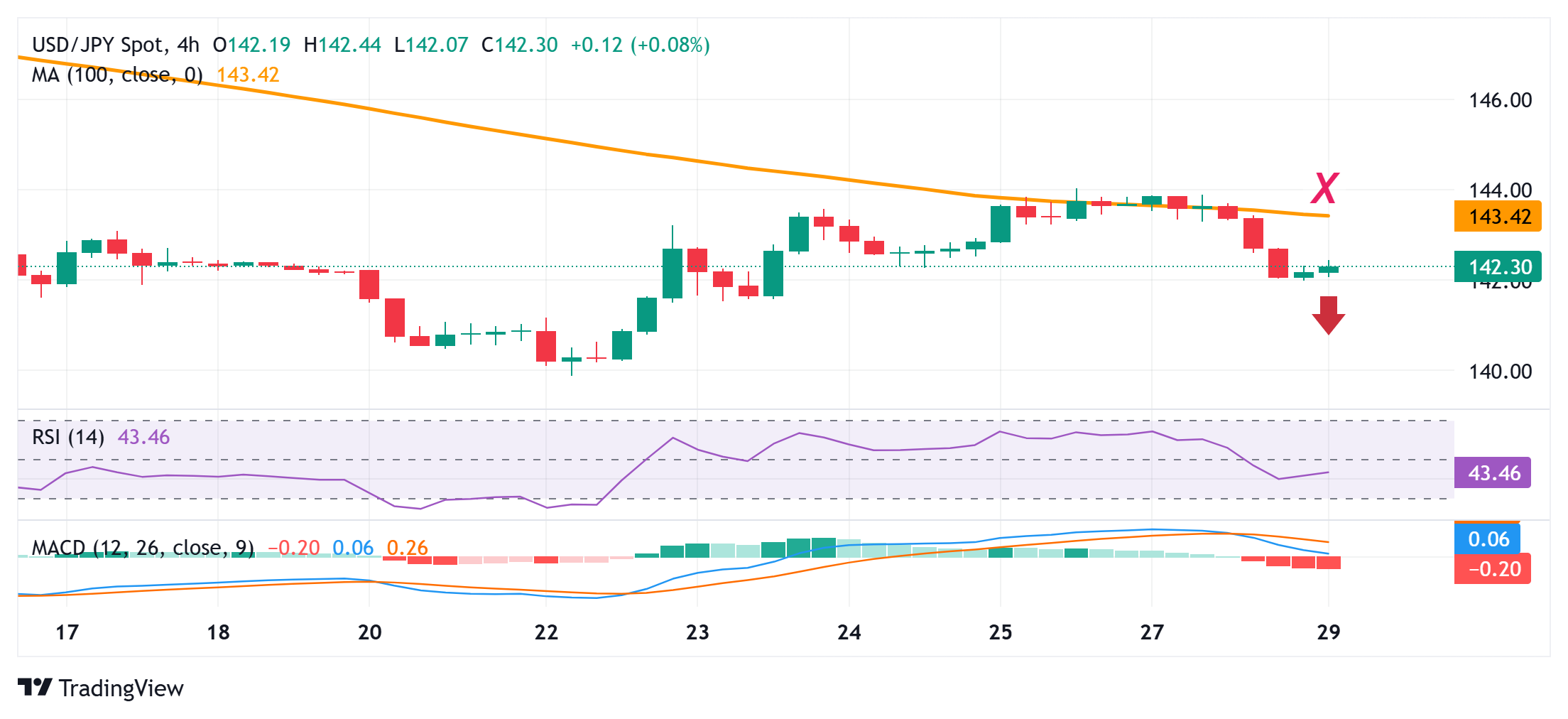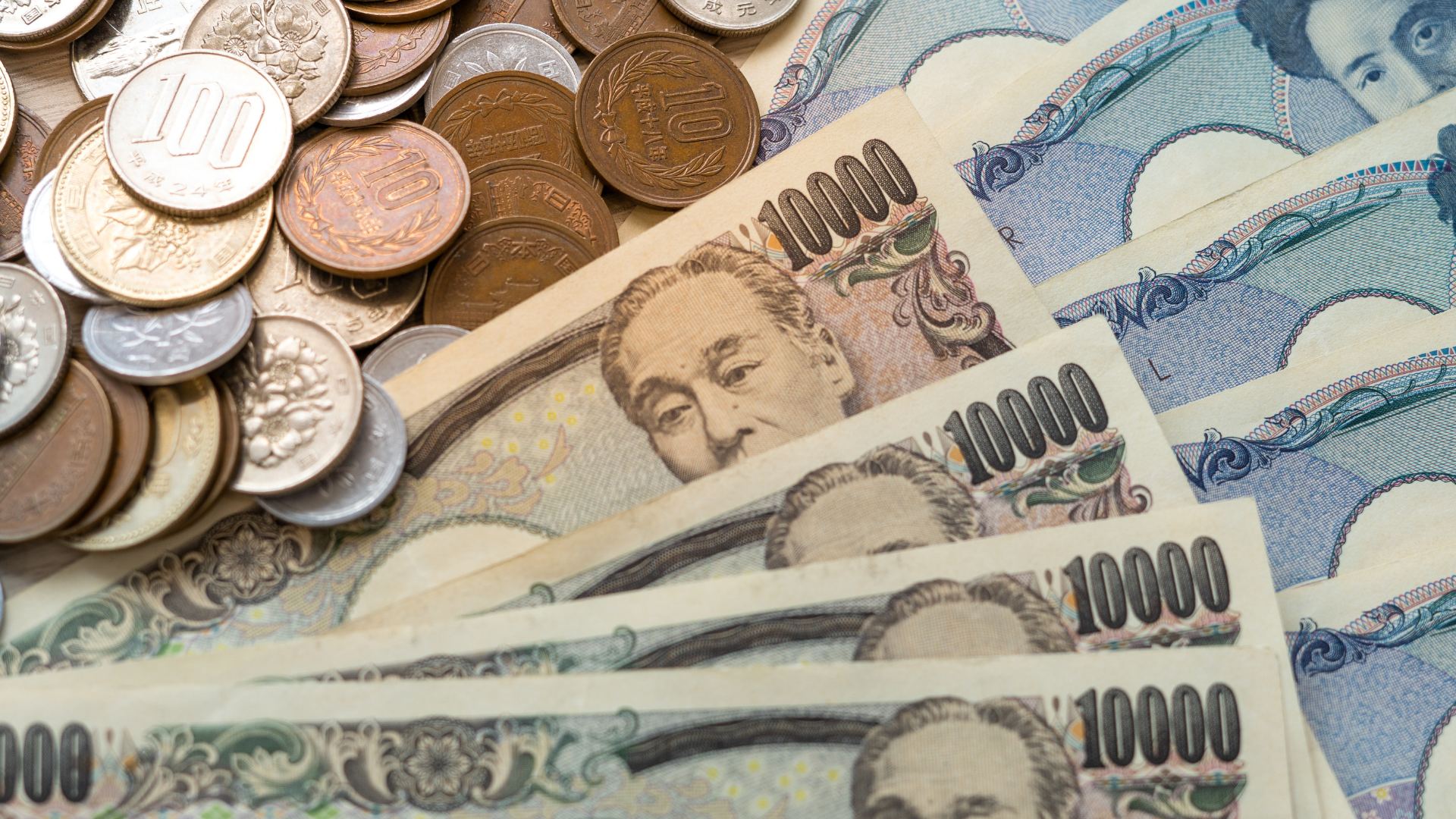The Japanese yen edged lower on Monday, reflecting a continued shift away from safe-haven assets as global markets showed signs of improved risk sentiment. The currency weakened modestly against major peers, weighed down by optimism in equity markets and easing geopolitical concerns.
Investor appetite for risk rebounded following positive developments in US-China relations and resilient economic data from the US and Europe. As a result, traditional safe-haven currencies like the yen lost traction. “The flight-to-safety trade has clearly eased,” said one FX strategist. “The yen is feeling the effects as capital moves back into riskier assets.”

USD/JPY 1-D Chart as of April 29th, 2025 (Source: TradingView)
The move comes amid a broader decline in demand for defensive positioning, with global equities climbing and volatility measures retreating. The yen, which had strengthened during recent bouts of market stress, has given back some of those gains in the face of reduced uncertainty.
At the same time, the Bank of Japan’s ultra-loose monetary policy continues to weigh on the currency, limiting its appeal compared to higher-yielding alternatives. Despite global central banks signaling a pause or pivot, Japan’s rate environment remains highly accommodative, keeping pressure on the yen.
Analysts say further yen weakness could emerge if safe-haven demand continues to fade and the BOJ maintains its dovish stance. However, any resurgence in geopolitical risks or market volatility could quickly revive demand for the yen’s traditional safety.
Traders are now watching upcoming US economic indicators and comments from central bankers for signs of shifting sentiment. In the meantime, the yen may remain under modest pressure as global markets lean toward a more risk-friendly outlook.
















